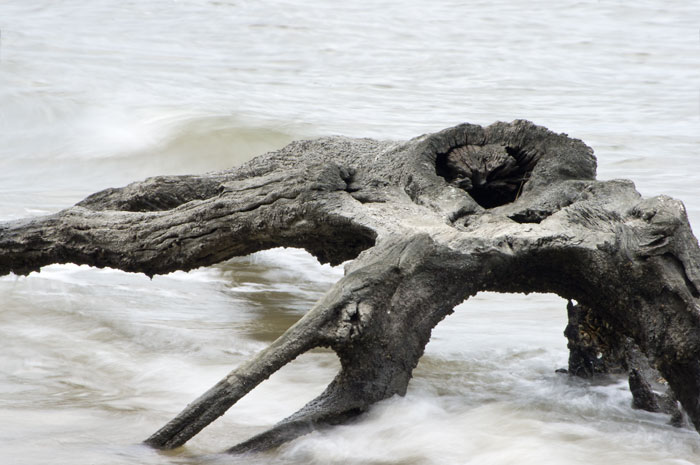
There is a wide array of lens filters from which to choose, so this review will focus on Tiffen filters primarily – ones which can protect your camera lens, on a fun warming filter, and on two filters which can improve your images under difficult lighting conditions or which no software program can truly simulate.There is a lot to be said for being in the right place at the right time with great environmental and lighting conditions, but Mother Nature doesn’t always cooperate. You’ll want to seriously consider adding UV, Neutral Density and Polarizing filters to your camera tool kit.
Tiffen can supply you with these, along with numerous other filters. Because you’re into photography, chances are you have heard of Tiffen. After all, they have been a manufacturer and supplier of photographic filters and lens accessories for over 70 years.
There is also a variety in the styles of filters – screw-on, square, and rectangle to name a few. This review will focus on the most common screw-on mounting style; screws on to the front of you lens (be sure to check your lens millimeter size before purchasing). Most are also double-threaded so you can “stack” another filter on top of the first, allowing you to achieve multiple effects at the same time.
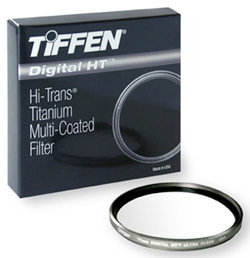
You’ll also want to consider of what they are made – glass or plastic or if they have multi-coatings (more expensive, but can eliminate flare). Tiffen is know for their superior optics and quality and are manufactured using their award-winning ColorCore™ technology, which is a technique that allows them great accuracy when it comes to controlling color and density. The glass is then mounted within precision made metal rings and screwing them on the front of your lens is smooth and easy process.
Tiffen makes Digital HT® (high transmission) filters that are multi-coated with Hi-Trans® Double-Sided Titanium Multi-Coating, which reflects less than 1% of the imaging light hitting the front surface of the filter. These are made with hardness, scratch-resistant durability and worry-free cleaning in mind. These filters have excellent Anti-Reflective and Transmission characteristics.
Whichever Tiffen filters you choose, you’ll want to get the manufacture’s best grade glass if possible. It’s more expensive, but worth it.
Let’s review the three suggested Tiffen filters.
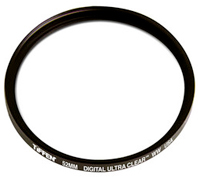
Tiffen UV Filter
These are clear glass filters that help absorb UV light and reduce the bluish tones cast during daylight. They are also used as general protection for your lenses.
There seem to be various opinions on the use of UV filters to protect a lens, so you can make you own decisions here. I personally use them and many photographers I know use them and keep them on their lenses all the time to protect their camera lenses from fingerprints, dust, moisture, and scratches. Since I spend time at the beach with camera in-hand, I would rather have the salt air and blowing sand on my less expensive UV filter than on my expensive camera lens.
Some also feel that image quality is lost when you place a UV filter on your lens. I myself have found no difference, so it is on my camera lens the majority of the time. It is possible to get lens flare in not so perfect lighting conditions (typically when facing the light source), so run a check by making some test photos and compare them. If you see a difference in the photo quality under these conditions, just remove the filter while you are making those particular images and then screw it back on again.
Again, the quality can vary, so you need to consider quality professional filters to protect your expensive lens investments. Look for UV or Haze filters. Tiffen filters can do that for you.
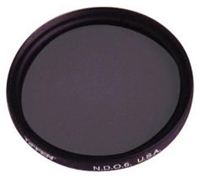
Tiffen Neutral Density (ND) Filters
A Neutral Density filter is going to reduce the amount of light going through your lens, but as with Tiffen’s ND filter, will not change the color of the subject you are photographing.
There are several levels which cut down the light a varying degrees, such as the most common ND 0.6 filter, which reduces down the light by 2 f-stops (may also see these labeled as 4X filters). Review all of the options and choose which works best for your intended use. To see the entire list of filters and how much they reduce light, visit Tiffen’s Filter Facts on Neutral Density Filters.
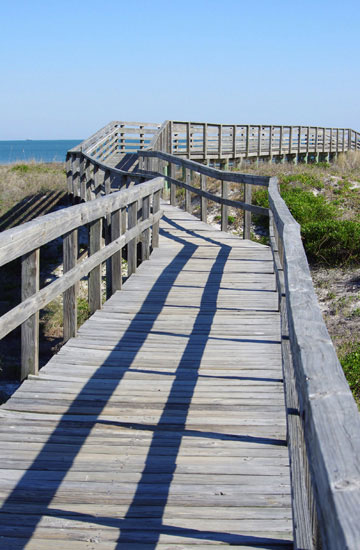
Sun light: same with or without UV filter
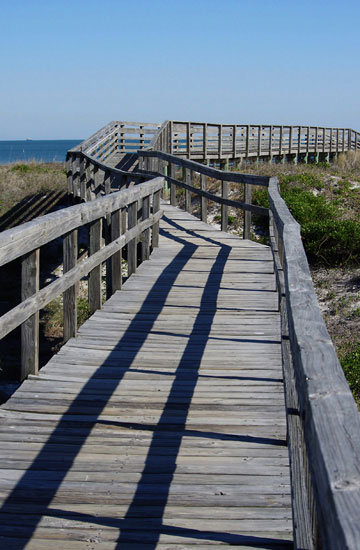
Addition of Tiffen Neutral Density 0.6 filter
Uses:
1. Eliminates the “washed-out” look to an image on very bright days.
2. Balances exposure – prevents overexposure in bright conditions.
3. Provides better control over your depth-of-field; can use wider apertures (f4 rather than f 11) to set you subject apart from the background.
4. Allows you to use wider apertures and slower shutter speeds by cutting down the amount of light getting to your camera’s sensor. This allows you to get those blurred motion effects, such as in soft, smooth flowing water photos.
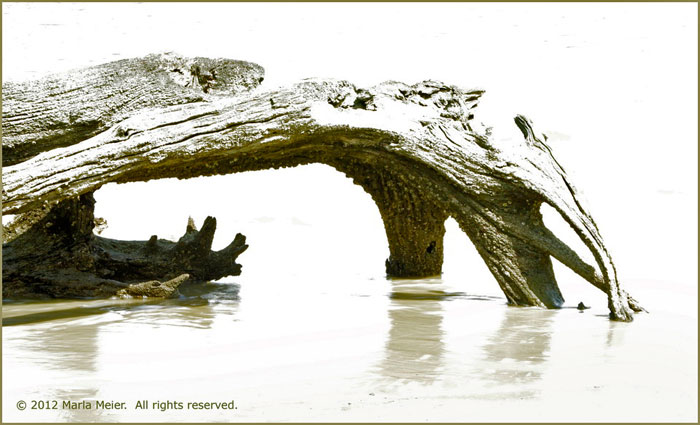
No one says you have to follow the rules! Use your creative talents to make your own artistic statement. Here I used the Tiffen Neutral Density 0.6 filter, but played with my camera settings and slowed down the shutter speed even more than above. The trees along the shore of Jekyll Island have been nicknamed the “Ghost Trees”, so I wanted to create an image that fit its name.
You can visit the Tiffen website on how to use your ND filter/s, as it does affect how you set up your camera when reducing the amount of light it’s receiving.
This is a great filter to add to your tool kit. You may also want to consider the Graduated Neutral Density filter to offset a scene with high contrast between the sky and earth.
Note: There will be more to come as more ND filters arrive from Tiffen. I’ll give examples of what you can achieve when you “stack” different levels of ND filters.
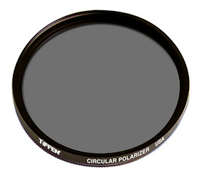
Tiffen Circular Polarizing Filter
These filters are going to change the way in which your camera’s sensor reads light, by enhancing the color and contrast within your images. You’ll now create outdoor photos with impact on bright sunny days.
Uses:
1. Great for general outdoor images in bright conditions.
2. Will create deep blue skies.
3. Will reduce the glare from reflective surfaces, such as water, foliage, glass, and shiny metal.
4. Will “cut through” the haze in city air and fog.
5. Improves color saturation in bright sunlight.
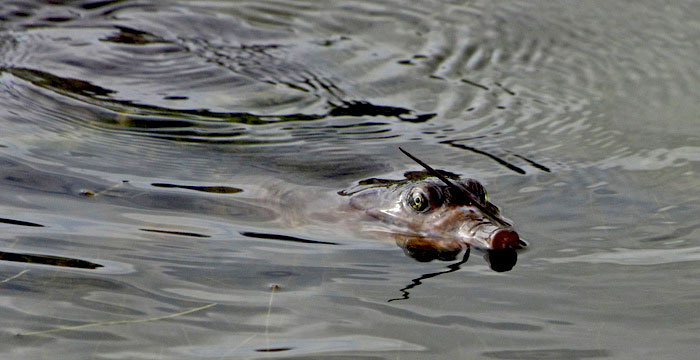
This is the face of a Florida soft-shell turtle – how unusual he is.
On a sunny day, it was the perfect opportunity to cut way down on the
reflections off the lake by using the Tiffen Circular Polarizing Filter.
Since the light has been limited by 1-2 stops, you’re either going to have to work with longer shutter speeds, larger apertures or increase your ISO to get your desired look. Once you’re set, these filters are quite easy to use. Just screw it on to your lenses, adjust the circular filter to your desired effect and snap the shutter button.
Tiffen Tip – Area of sky most effectively polarized with a Circular Polarizer:
Point your index finger at the sun. With your thumb extended at a right angle (90°), rotate it around the axis of the index finger. It will point out the band of deepest blue from horizon to horizon. This is typically with the sun to your side in order to achieve the filters maximum effect.
This is definitely a filter worth owning.
Tiffen Digital HT 812 Warming Filter
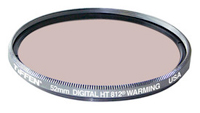
This may not be a must-have filter, but you’ll be very glad if you have one in your photo tool kit. This filter has a pinkish cast and softens and improves the skin tones while taking portraits under most conditions – cloudy, shady or sunny days. And it you just want to have fun, give your landscapes and water images a new look by utilizing the Warming filter.

Natural Light

Get creative in your combining filters and other photo accessories. Here I used the Tiffen 812 Warming Filter and a gold reflector for warm, golden skin tones.
Conclusion
To protect you expensive lenses use the Tiffen UV filter and then to make the best images possible, use their Neutral Density and Polarizing filters – two must have items. Be sure to add these filters to your photography tool kit this Holiday Season.
Visit Tiffen’s website to choose these items and see all of their available filters.
And to have great fun with an incredible Photoshop plug-in, be sure to read the review and learn about the Tiffen Dfx v3 filter simulation and effects photo plug-in. You’ll get an astounding 2000+ ways to enhance your images.
by Marla Meier, APM Editor
Review and photos: © 2012 Marla Meier. All Rights Reserved.
Filter photos © Tiffen.

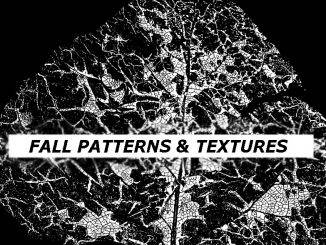
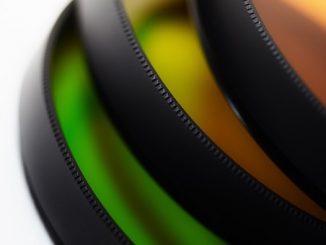
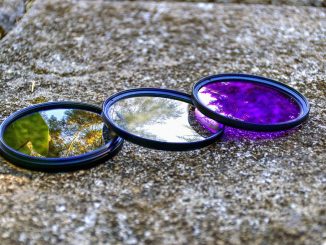
Hi there, a very good read and it sometimes just takes someone to post something like this to make me realise where I’ve been going wrong! Just added the site to my bookmarks so will check back now and then. Cheers.